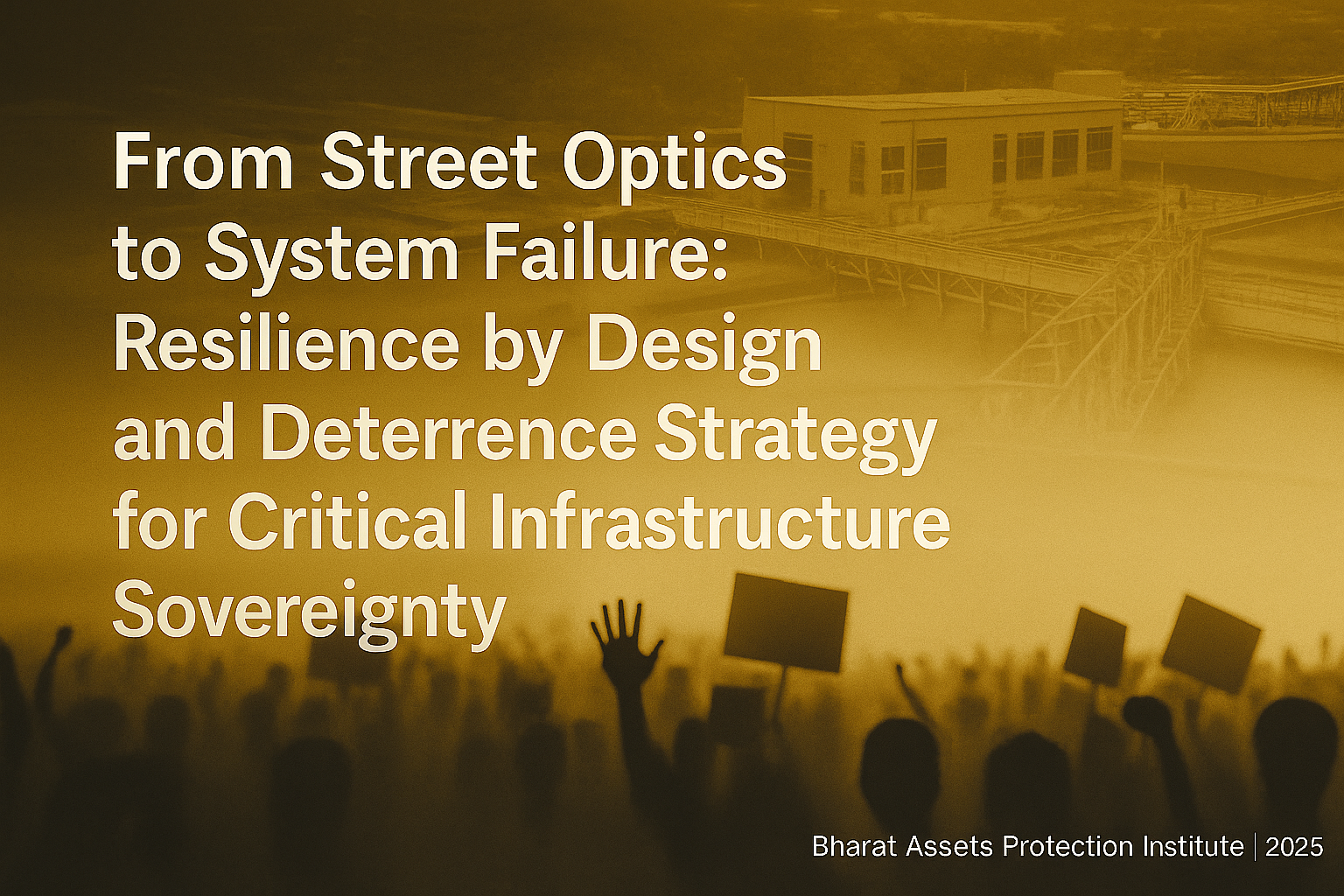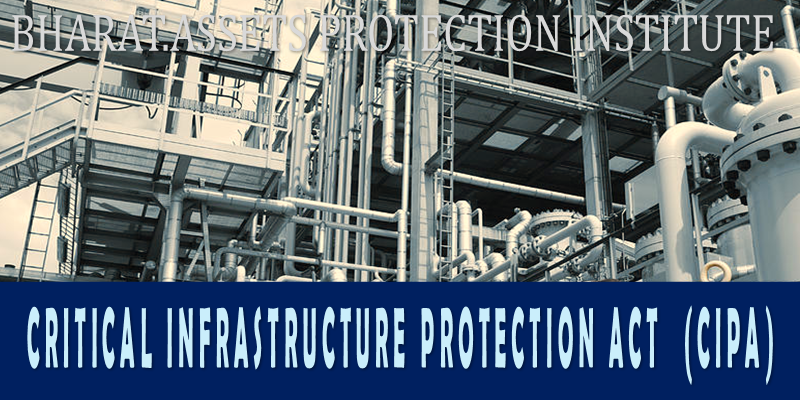The study of Critical Sector Specifics holds profound significance in today’s rapidly evolving landscape of global security, technological advancements, and geopolitical shifts. These sectors form the very bedrock upon which national prosperity, public safety, and economic sovereignty stand. Critical infrastructures—whether in aviation, banking, energy, healthcare, or telecommunications—are foundational not only for day-to-day operations but also as the strategic linchpins that ensure national resilience in times of crisis. Given the interdependent nature of modern systems, a threat or vulnerability in one sector often cascades across others, creating compound risks that jeopardise national stability.
Therefore, the research focus on Critical Sector Specifics is not just timely—it is imperative. The growing intersection between cyber and physical threats, coupled with the increasing complexity of supply chains, resource dependencies, and emerging technologies, demands a rigorous, multi-dimensional approach to safeguard these vital domains. By identifying sector-specific risks, vulnerabilities, and interconnected threats, the Bharat Assets Protection Institute aims to create a holistic, anticipatory framework for protection, mitigation, and resilience that strengthens the core infrastructure of the nation. This focus seeks to not only address existing vulnerabilities but also prepare for the uncertainties that lie ahead, ensuring long-term security, sustainability, and economic sovereignty in an increasingly volatile world.
Overview of the Research Focus on Critical Sectors
At the heart of the Bharat Assets Protection Institute’s research framework lies a comprehensive exploration of India’s critical operational sectors—the foundational infrastructure that sustains national growth, security, and sovereignty. Anchored in a mandate of national preparedness, strategic resilience, and systemic continuity, this research vertical delves into the security, sustainability, and governance of both established and emerging infrastructure ecosystems.
This multi-faceted research agenda investigates a wide array of critical sectors, such as aviation, banking, financial services, chemical industries, energy, healthcare, food systems, water resources, space infrastructure, digital infrastructure, and telecommunications, among others. These sectors are not merely viewed in isolation but as deeply interconnected components of a complex, interdependent ecosystem where vulnerabilities in one area often cascade into others, creating profound national consequences.
For instance, aviation is analysed as a cyber-physical system with cross-border dependencies. Similarly, banking and financial services are examined through the lens of systemic risk, digital transformation, and national economic security. Energy infrastructure, spanning fossil, renewable, and nuclear domains, is studied through resilience models and energy security protocols in the context of geopolitical volatility. Critical manufacturing is explored not only for its industrial output but as a critical enabler of defence readiness and global competitiveness.
Across all sectors, the research aim is to develop frameworks for anticipatory protection, systemic redundancy, and regulatory coherence, ensuring that these sectors remain robust and adaptive in the face of both existing and emerging threats. The Critical Infrastructure Sectors and Dynamics sub-tab integrates all these interconnected sectors, providing a holistic framework to analyse sectoral dependencies, cascading failure models, and risk-consequence impact pathways.
Inviting Scholars, Policy Experts, and Stakeholders
This research focus extends an open invitation to scholars, policy architects, practitioners, domain experts, and interdisciplinary researchers to engage in a collaborative effort aimed at building resilience, ensuring sovereignty, and facilitating secure national advancement. The Institute encourages contributions across a broad spectrum of disciplinary and interdisciplinary frontiers—from empirical field research, vulnerability assessments, and systems modelling to regulatory simulations, techno-legal audits, and critical systems analysis.
Researchers are urged to explore avenues such as quantitative risk analysis, cyber-physical systems modelling, and multi-hazard stress testing for specific sectors or interdependent systems. They are also encouraged to develop AI-augmented threat forecasting models, co-design regulatory sandboxes for emerging technologies within critical infrastructures, or conduct actor-network mapping of the diverse institutional, industrial, and geopolitical stakeholders influencing infrastructure outcomes.
Moreover, the research platform is open to advanced theoretical engagement in areas such as resilience epistemology, governance architectures, socio-technical systems, and algorithmic sovereignty. Practice-led innovations, such as real-time incident response architectures, CIP readiness indexes, and sectoral risk taxonomies, are also integral to this research agenda.
Importantly, the Institute invites contributions that foster living frameworks embedded with ethical design, anticipatory governance, and system-of-systems intelligence for the strategic management of critical sectors. These contributions will span beyond academic publications, including policy briefs, operational whitepapers, implementation models, and sectoral playbooks, all of which will directly inform institutional, industrial, and governmental decision-making.
In keeping with the Institute’s forward-looking mandate, contributions are not thematically constrained, nor methodologically prescriptive. Rather, the platform encourages rigour, relevance, and resilience—empowering the scholarly community to help shape the national infrastructure foresight, crisis-readiness, and techno-strategic sovereignty of the future.








